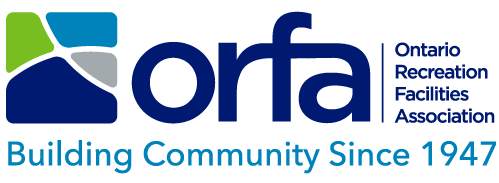- ORFA Home
- COVID-19 Updates
- October 13, 2020
October 13, 2020
Employers Must Screen Workers and Essential Visitors for COVID-19In response to the recent increase in COVID-19 cases in Ontario, the province has imposed health screening obligations on employers. More On September 25, 2020, the Province of Ontario filed Regulation 530/20, which was made under the Reopening Ontario (A Flexible Response to COVID-19) Act, 2020. Effective September 26, 2020, Regulation 530/20 amended Regulation 364/20: Rules for areas in Stage 3, as follows: The person responsible for a business or organization that is open shall operate the business or organization in compliance with the advice, recommendations and instructions issued by the Office of the Chief Medical Officer of Health on screening individuals. On September 25, 2020, the Ministry of Health issued Recommendations for screening (Version 1) (Recommendations). The Recommendations were made available in a News Release the government distributed on the same date. Although a “recommendation” is generally advisory only, the Recommendations are mandatory given the use of the word “shall” in Regulation 530/20. The Recommendations indicate that the screening must be implemented for the following individuals entering the work environment:
The Recommendations also indicate that screening should not be implemented for:
The Recommendations include three adaptable, required COVID-19 screening questions that must be asked before individuals are permitted to enter the workplace. If an individual answers NO to all three questions, they will pass the screening and be permitted to enter. If they answer YES to any of the three questions, they will not pass the screening and should be advised that they cannot enter (including an outdoor workplace). Individuals who do not pass should immediately self-isolate and contact their health care provider or Telehealth Ontario to determine if they need a COVID-19 test. Required Screening Questions 1. Do you have any of the following new or worsening symptoms or signs? Symptoms should not be chronic or related to other known causes or conditions.
2. Have you travelled outside of Canada in the past 14 days? Yes/No 3. Have you had close contact with a confirmed or probable case of COVID-19? Yes/No In addition to mandatory screening, Regulation 530/20 also requires that restaurants, bars and other food and drink establishments:
Regulation 530/20 also requires all strip clubs across Ontario to close. Bottom Line for Employers Employers in Ontario must immediately put the screening questions described in the Recommendations to all workers and essential visitors to determine if they should be permitted to enter their workplaces. While the Recommendations provide the required pre-entry screening questions, neither the Recommendations or Regulation 530/20 provide guidelines for how the screening process should be implemented. As a result, an employer has the freedom to implement the process in a manner that best suits the employer’s unique workplace in accordance with the employer’s obligations under the health and safety legislation and in light of the input from a joint health and safety committee or a health and safety representative at the workplace. The following are suggestions for implementing the new mandatory pre-entry screening requirement:
| In this section |
